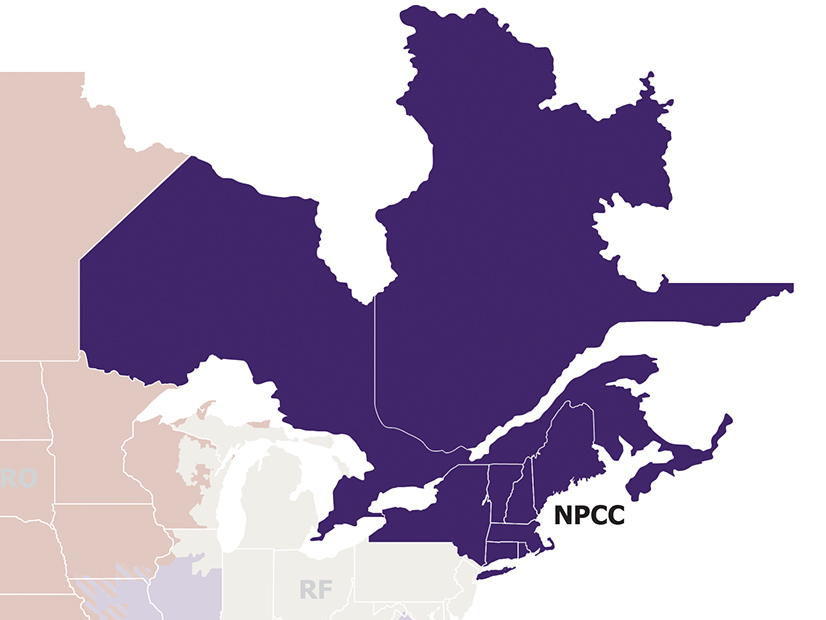The Northeast Power Coordinating Council (NPCC) is forecasting a summer peak of 104,075 MW for the week of Aug. 8 and adequate supplies to meet that demand, despite reductions in installed capacity of about 1,600 MW since last year.

The forecast is down slightly from the 104,156 MW projected for last year’s peak week of July 5. NPCC also predicts the region’s reserve margin will fall to a seasonal low of 9,806 MW (9.5%) during the week of June 20.
As usual, “ambient weather conditions” including heat and humidity are seen as the main drivers of summer demand rather than the ongoing COVID-19 pandemic, according to the regional entity’s summer Reliability Assessment released Thursday.
However, NPCC expects to keep its pandemic response plan in place “throughout the duration of the summer” due to ongoing effects of the coronavirus outbreak such as timing and ramping of peak loads and shifts in energy use across sectors, some of which were observed before last summer. (See Sagging Demand Cushions NPCC’s Summer Outlook.)
Overall peak demand is based on a 50/50 system load forecast, defined in the report as one with a 50% chance of being exceeded. Specific regional forecasts in the assessment also include a 90/10 forecast, which has a 10% chance of being exceeded. The chief differences between the two scenarios are weather conditions.
- NYISO: Peak demand of 32,327 MW (50/50) and 34,321 MW (90/10), up from 32,296 MW and 34,210 MW last year. Total installed capacity for peak week is expected to reach 37,785 MW, down 1,052 MW from last year’s peak due mainly to the retirement of the Indian Point Unit 3 nuclear station in April.
- ISO-NE: Peak demand of 24,810 MW (50/50) and 26,711 MW (90/10), down from 25,125 MW and 27,083 MW last year. Total installed capacity is projected at 30,133 MW for peak week, with the 436 MW net decrease attributed to the retirements of several coal and natural gas plants, offset by the addition of a number of solar and wind facilities as well as various energy storage projects.
- Ontario: Peak demand of 22,500 MW (50/50) and 24,228 MW (90/10), from 22,194 MW and 24,555 MW. The total installed capacity of 39,104 MW represents a net increase of 160 MW from last year, thanks to the addition of two wind resources.
- Québec: Peak demand of 21,436 MW (50/50) and 21,886 MW (90/10), down from 21,635 MW and 22,144 MW. The province is reporting installed capacity of 46,529 MW, a net decrease of 111 MW from 2020 due to expected reductions in biomass generation, a delay in commissioning the Belle Rivière wind facility, and other “seasonal adjustments.”
- Maritime Provinces (New Brunswick and Nova Scotia): Peak demand of 3,479 MW (50/50) and 3,726 MW (90/10), from 3,370 MW and 3,600 MW last year. Installed capacity for peak week is predicted to be 7,709 MW, a net increase of 13 MW from last year thanks to the addition of a wind facility.

Québec and the Maritimes are winter-peaking, so the provinces’ excess capacity will also be available to meet the needs of other areas in the event of emergency.
“In addition to adequate resources and sufficient transmission capability, the assessment indicates that, if called upon, established operating procedures can provide additional support to help keep the system up and running by maintaining a balance between electricity supply and demand,” NPCC CEO Charles Dickerson said in a press release accompanying the assessment. “NPCC will continue performing the critical role of assessing reliability; monitoring and enforcing regionally-specific reliability criteria, continent-wide and regional reliability standards; and coordinating system planning, design and operations.”


